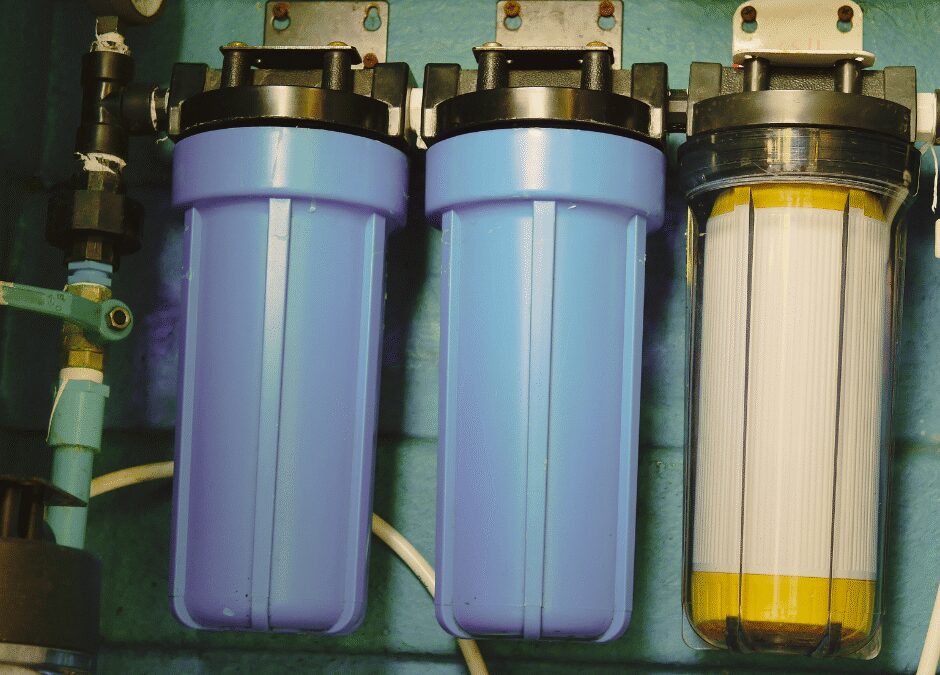What Are Your Options? What’s the Best Process for Choosing a Water Filter?
Whether you’re living in the city, relying on municipal water systems, or you’re out in a rural area with well water, it’s a good idea to actively monitor the quality of your water and take measures to filter out any impurities or harmful substances. Water filters come in a wide range of technologies. What are the different options? What are the advantages and disadvantages of each? How should you determine the optimal water filter for your needs?
What Are the Different Options to Filter Your Water?
A number of technologies are currently available to treat your water:
- The most common type of filter, known as an “activated carbon” filter, uses the principle of adsorption, whereby certain molecules stick to the surface of a porous carbon filter. The carbon essentially traps certain organic compounds and chemicals, generally removing unwanted or harmful substances and most odors.
- Another common type of filter, known as a “reverse osmosis (RO)” filter, has a membrane which screens out most types of contaminants (but may also filter out beneficial minerals)
- Ultraviolent (UV) filters generally use ultraviolet light to kill viruses and bacteria in water, but do not actively screen out particles
- Ion exchange filters, most often found in water softeners, typically filter out calcium and magnesium, which contribute to the hardness of water
- Sediment filters that have micromesh to trap particles. These filters are little more than a really fine screen to keep solids out of the water
What’s the Best Process for Choosing a Water Filter?
Before you can select the right water filter, you need to know what’s in your water. You can use a home testing kit, but it may be in your best interests to contact your local health department and request water testing. Once you’ve identified the potential contaminants in your water, you can choose the technology that best addresses your concerns.
Before selecting the type of filter, though, think about where you want the filter to be placed. Do you want a single filter that treats all the water that comes into your home? If so, a “point-of-entry” filter is the right choice. If you’re only interested in treating water for drinking or cooking, you can use a “point-of-use” filter, which can be on a tap, under the sink or even as a pitcher on a countertop.
Ultimately, the choice of filter depends most on what you need to treat:
- Activated carbon is typically best to improve the taste and smell of water
- Reverse osmosis is a better choice if you know that you have lead, mercury, fluoride or other chemicals in the water
- An ion-exchange filter is typically sufficient if you are simply trying to reduce the hardness of your water
- UV filters are effective for treating water that contains bacteria, viruses or microbes
- Sediment filters are a good choice when you have sand or other solids in your water

